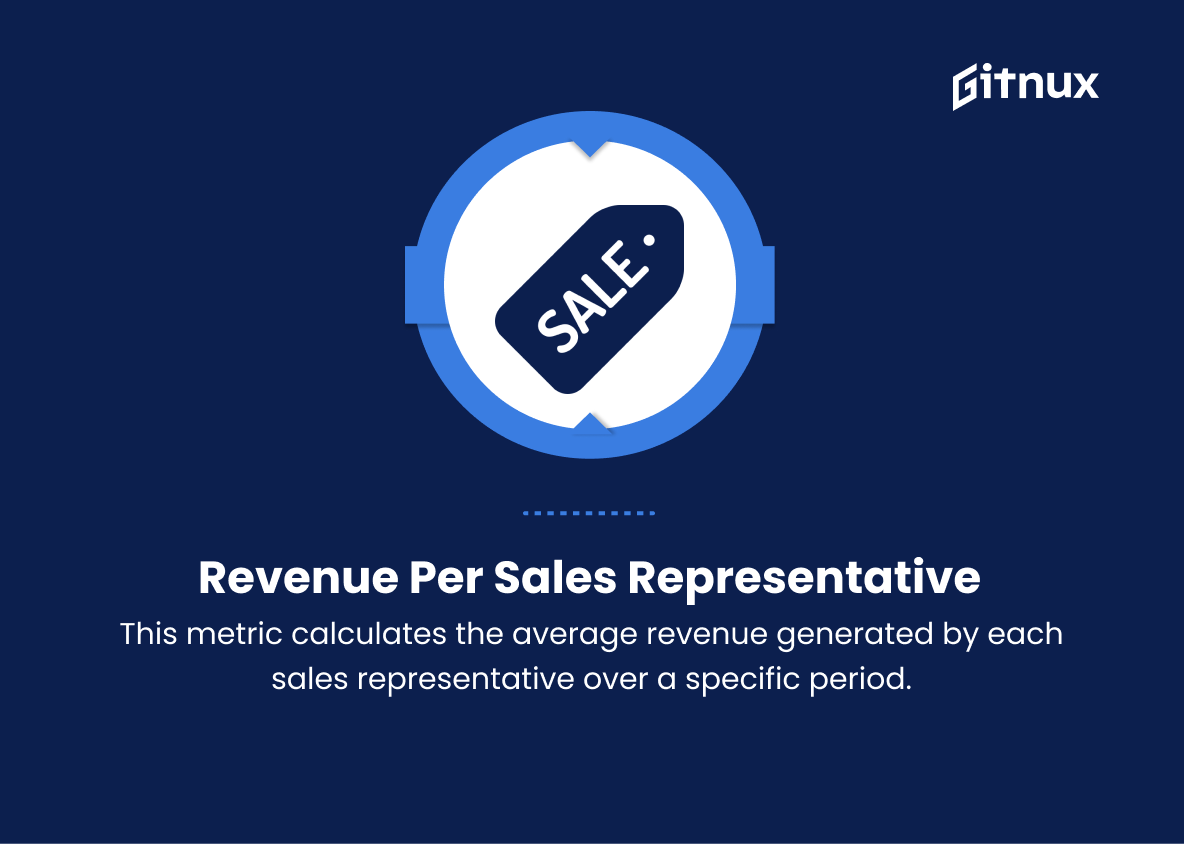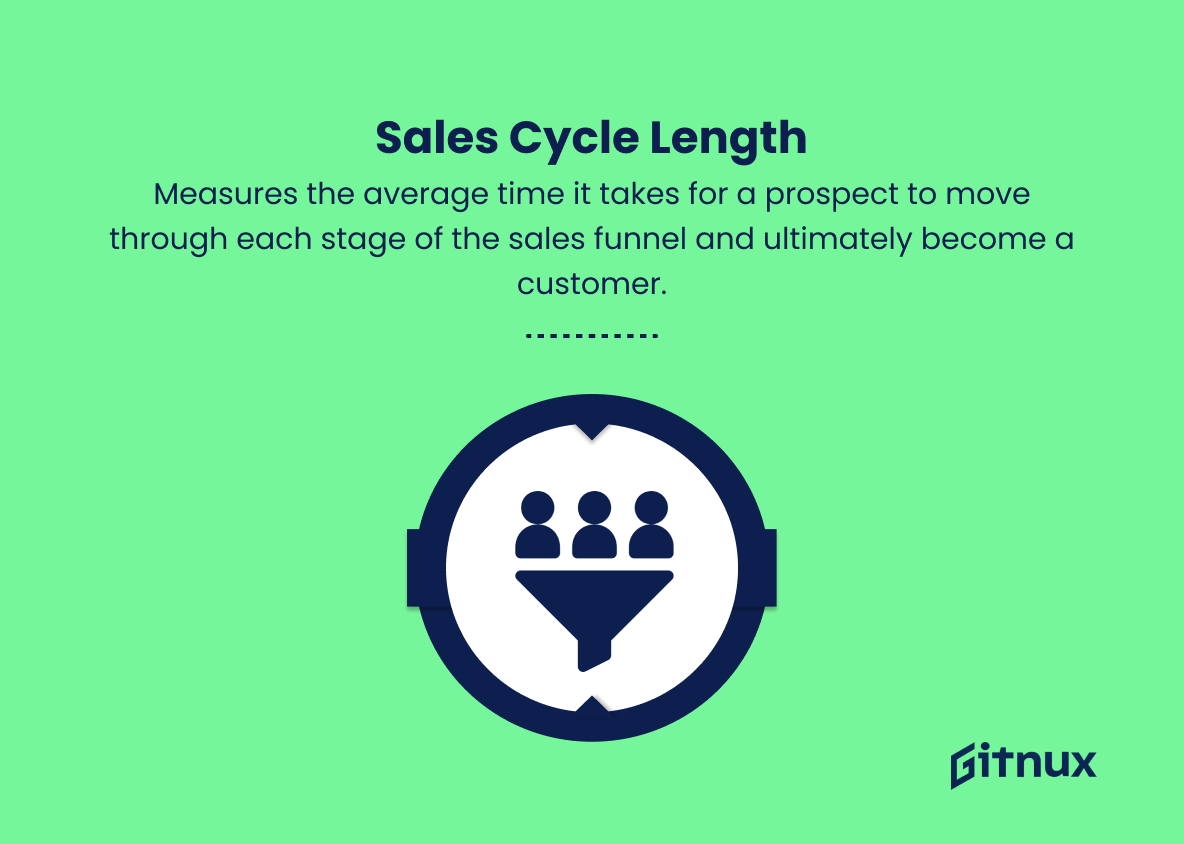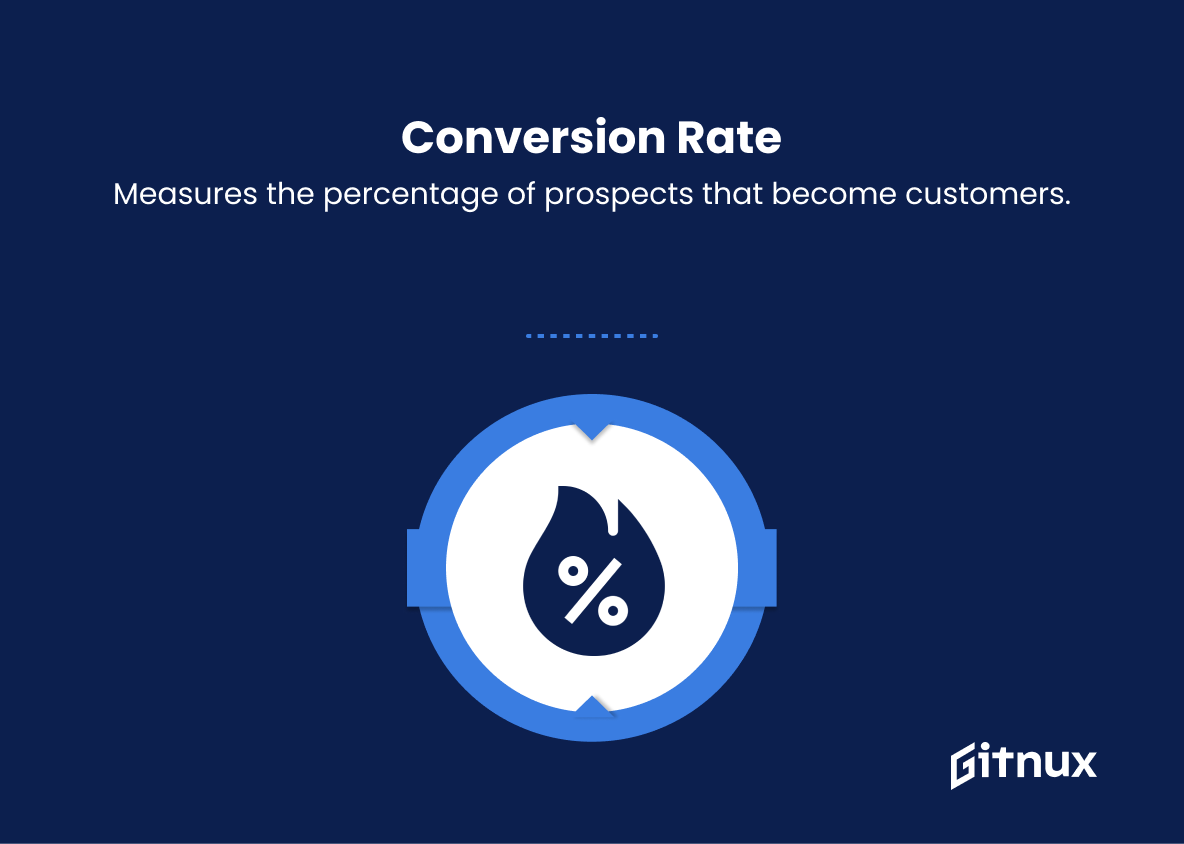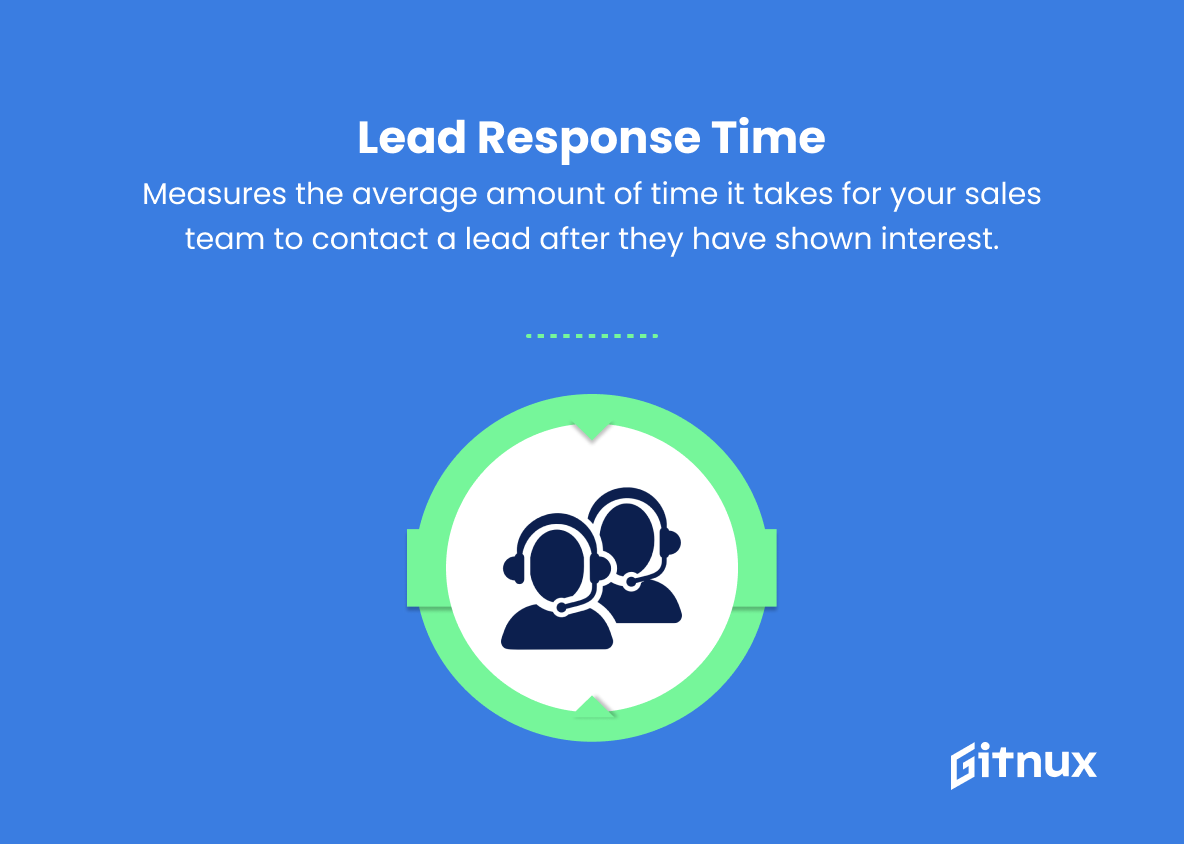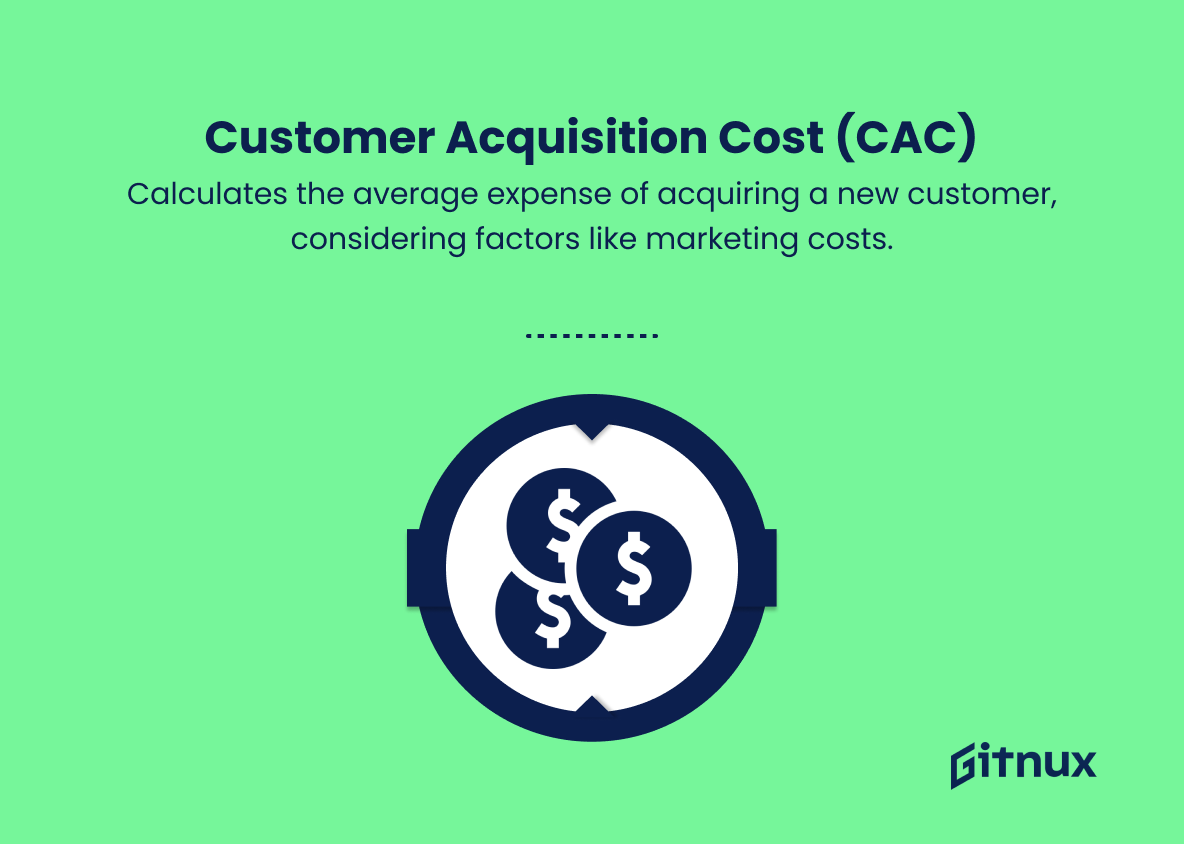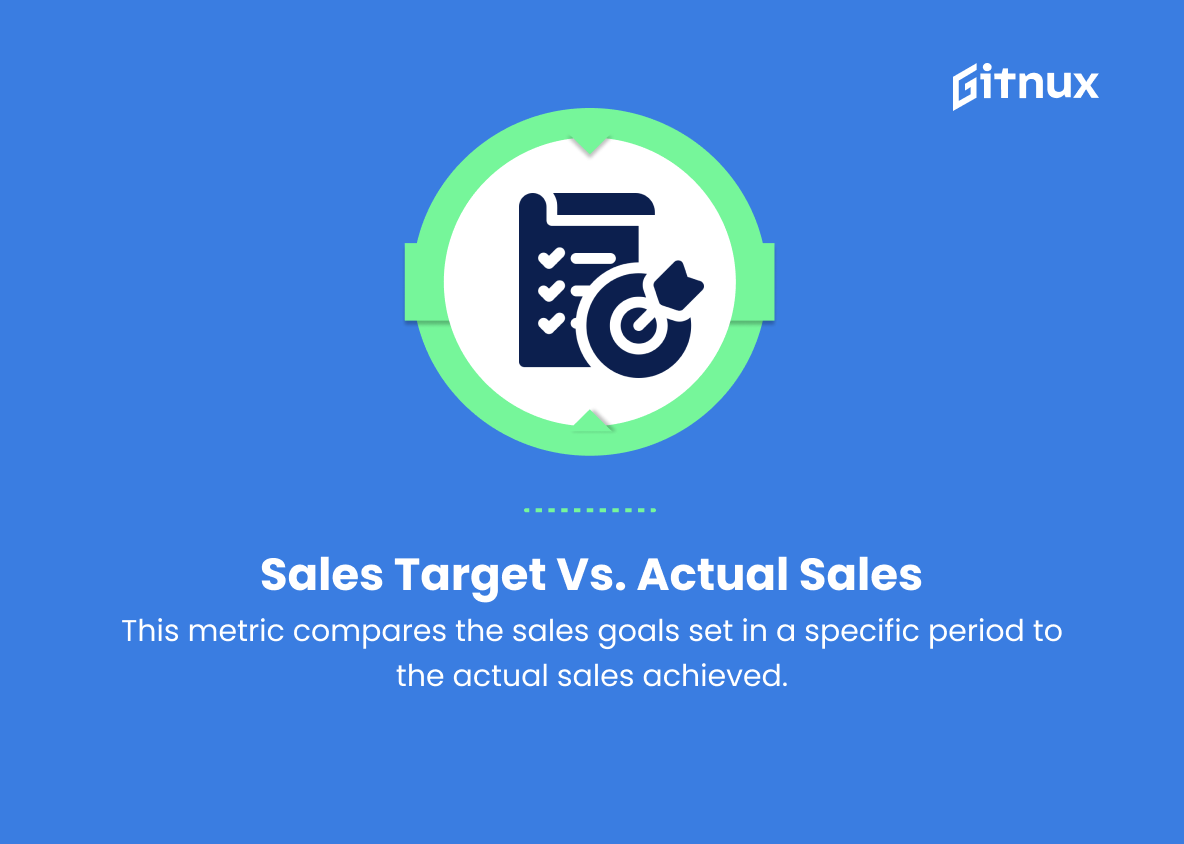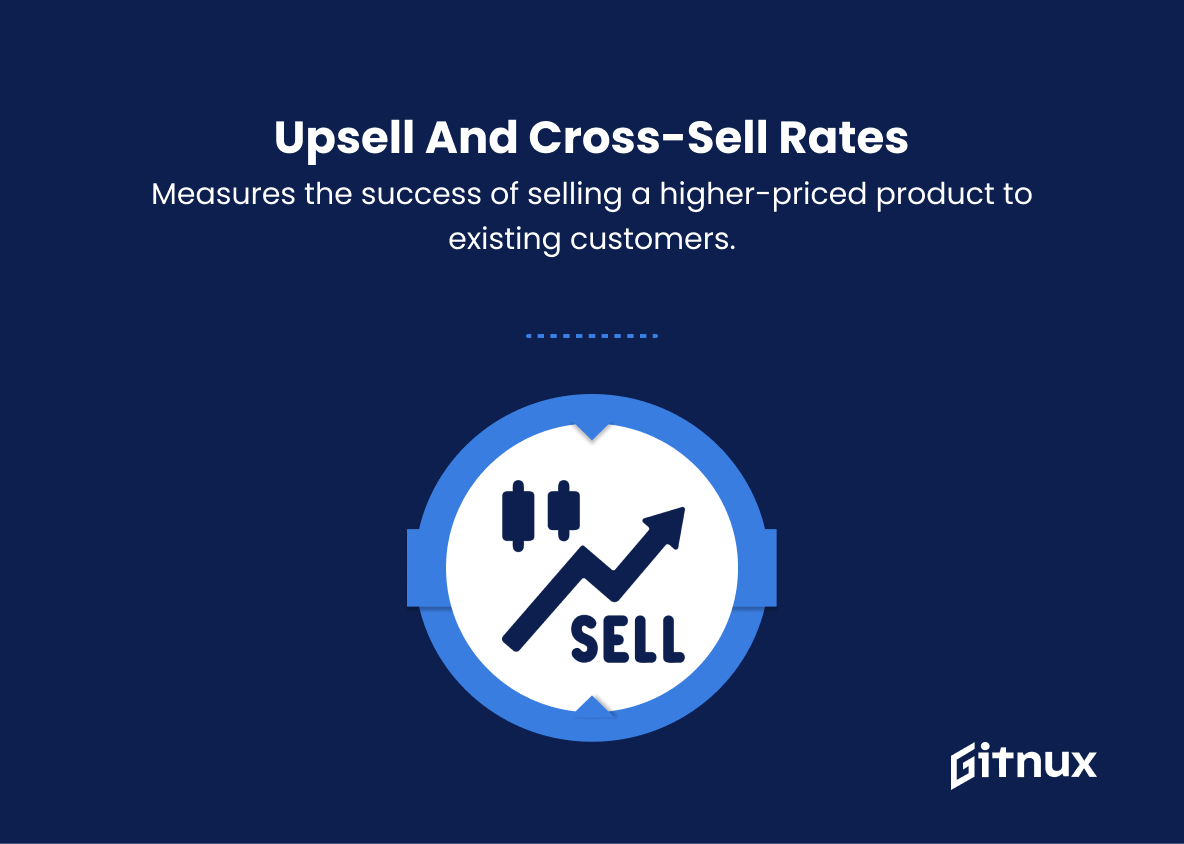In today’s highly competitive business landscape, the success of a company’s sales force is instrumental in its overall growth and profitability. With the advancements in technology, data-driven decision making is steadily gaining prominence in the sales industry. As a result, organizations are actively seeking ways to optimize their sales processes through quantitative and qualitative measurement of key performance indicators (KPIs).
This is where Sales Productivity Metrics come into play, acting as essential tools to evaluate, track, and improve a sales team’s efficiency and effectiveness. In this blog post, we will delve into the critical sales productivity metrics that top-performing organizations utilize, the significance of these metrics in driving revenue and boosting performance, and how you can implement them to achieve your sales goals. So, buckle up and join us on this exciting journey towards an enlightened understanding of sales productivity metrics, and discover the competitive edge your company needs.
Sales Productivity Metrics You Should Know
1. Revenue per sales representative
This metric calculates the average revenue generated by each sales representative over a specific period. It helps identify top performers and understand areas of improvement for others.
2. Sales cycle length
This metric measures the average time it takes for a prospect to move through each stage of the sales funnel and ultimately become a customer. Shorter sales cycles are more efficient and cost-effective.
3. Average deal size
This metric calculates the average value of deals closed by your sales team. A higher average deal size means an increased return on sales efforts and can indicate effectiveness in upselling and cross-selling.
4. Conversion rate
Conversion rate measures the percentage of prospects that become customers. A higher conversion rate signals a more effective sales process.
5. Sales pipeline coverage
This metric compares the total value of opportunities in your sales pipeline against your sales quota. A higher pipeline coverage ratio implies a higher potential of meeting or exceeding the quota.
6. Lead response time
Lead response time measures the average amount of time it takes for your sales team to contact a lead after they have shown interest. Faster response times can increase the chance of a successful sale.
7. Quota attainment
Quota attainment calculates the percentage of sales representatives that have achieved their individual sales goals, which helps to evaluate the overall performance of the sales team.
8. Customer acquisition cost (CAC)
This metric calculates the average expense of acquiring a new customer, considering factors like marketing costs, sales expenses, and other overheads. A lower CAC indicates a more cost-effective sales strategy.
9. Sales target vs. actual sales
This metric compares the sales goals set in a specific period to the actual sales achieved. Discrepancies between the targets and actual sales help identify areas that need attention.
10. Upsell and cross-sell rates
Upsell rate measures the success of selling a higher-priced product to existing customers. Cross-sell rate calculates the percentage of customers who buy additional products or services. Higher rates suggest that the team is effective in maximizing revenue from existing customers.
11. Churn rate
Churn rate measures the percentage of customers who discontinue their relationship with your business during a specific period. Lower churn rates signal better customer retention and satisfaction.
12. Customer lifetime value (CLV)
CLV calculates the estimated revenue a customer will generate throughout their relationship with your business. A higher CLV indicates more value for each customer acquired and can guide the sales team’s long-term strategy.
13. Win rate
Win rate is the percentage of deals that end with a closed sale, helping to determine the effectiveness of the sales process and team.
14. Outreach effectiveness
This metric assesses the number of touchpoints and their success, such as calls, emails, and meetings, in turning prospects into customers. A higher outreach effectiveness indicates a more efficient sales process.
Remember, it’s essential to monitor a mix of these metrics to get an accurate, comprehensive picture of your sales productivity. Tailor these metrics to your specific goals and sales processes, and continuously evaluate and adjust them as needed to optimize your sales team’s performance.
Sales Productivity Metrics Explained
Sales productivity metrics are crucial for evaluating the performance and effectiveness of a sales team. Metrics such as revenue per sales representative, sales cycle length, average deal size, and conversion rate help identify top performers and indicate areas for improvement. Pipeline coverage, lead response time, and quota attainment provide insights into the team’s potential for meeting targets.
Metrics such as customer acquisition cost, sales target vs. actual sales, upsell and cross-sell rates, churn rate, customer lifetime value, win rate, and outreach effectiveness furnish a comprehensive picture of sales efficiency, effectiveness, and customer engagement. Monitoring and analyzing these metrics allow for continuous evaluation and optimization of sales strategies, driving growth and profitability for the business.
Conclusion
In conclusion, sales productivity metrics play a critical role in the success and growth of any business. These metrics provide valuable insights into the efficiency and effectiveness of sales teams, enabling organizations to identify areas for improvement, set realistic goals, optimize processes, and ultimately drive revenue growth.
By focusing on incorporating these metrics into sales strategies, businesses can work towards unlocking the full potential of their sales forces, ensuring optimal performance and sustained success. As a final note, remember that the ultimate goal of adopting sales productivity metrics is to improve and create a more fruitful sales environment – so don’t get lost in the numbers; keep your focus on your team, your customers, and your mission.
